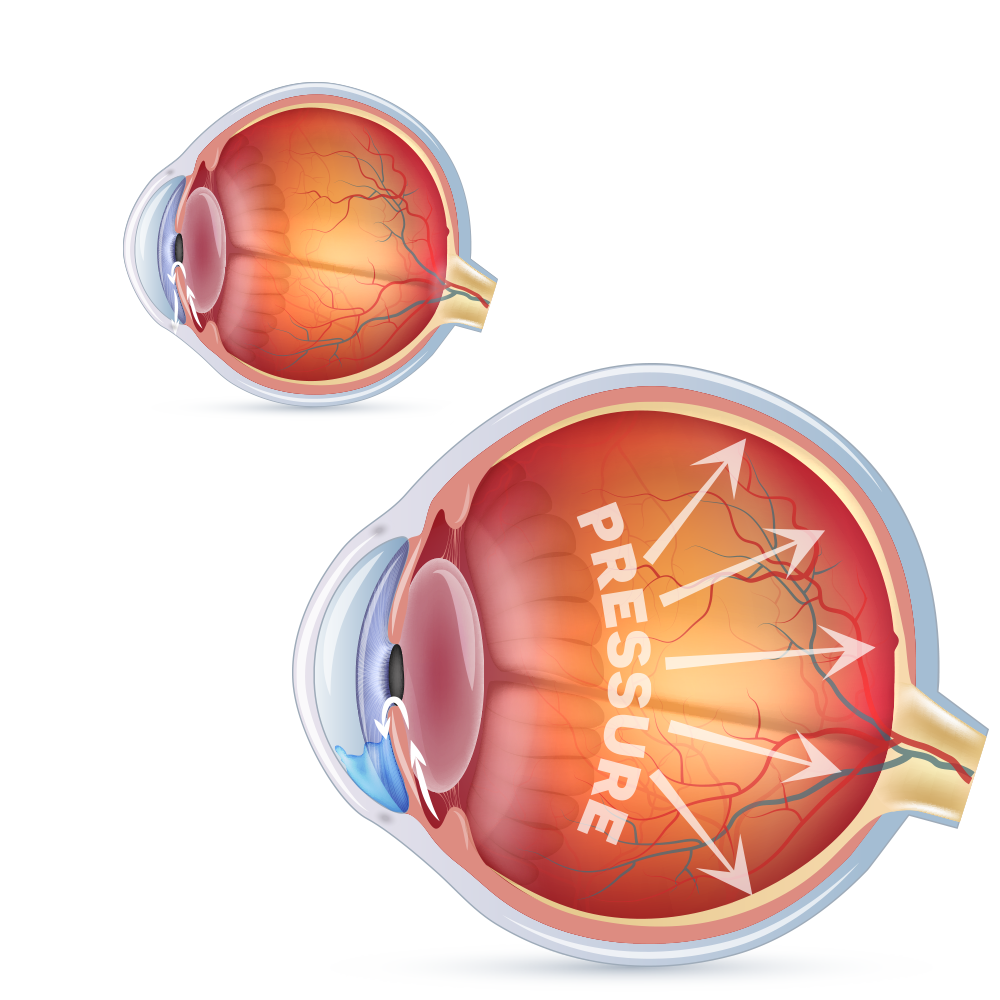

What is glaucoma?
The term glaucoma is an ancient Greek word meaning cloudy vision and was used to describe the onset of blindness in older people.
Glaucoma is now the name given to a large group of degenerative diseases characterised by the gradual destruction of the optic nerve, which is the cable that connects the eye to the brain. In most cases damage is caused by an abnormal build-up of pressure within the eye but not necessarily a high pressure per se. In some patients the damage is caused by a poor blood supply to the nerve, a weakness in the structure of the nerve, or a problem in the health of the nerve fibres themselves.
What are the symptoms?
The danger of glaucoma is that there are often no initial symptoms. In most cases the disease affects the sides of the vision in the early stages and given that one eye can sometimes compensate for the other, the sufferer is usually unaware that their vision is undergoing damage. The full impact of the condition often remains hidden, sometimes for many years, until the majority of the nerve fibres have been damaged and a large part of the vision has been irreversibly destroyed. This means that the loss of sight is permanent and from this point onward, all that can be done is to manage the vision that remains and try and ensure that further vision is not lost. It is estimated that as many as half the people with glaucoma are not even aware that they have the condition. For all these reasons glaucoma is often called the sneak thief of sight.

What is the size of the problem?
According to the World Health Organisation, glaucoma is the second leading cause of blindness worldwide after cataracts.
At the end of 2012, Australia had a population of 23 million. The proportion of the population who have glaucoma over the age of 40 is about 3.7% yielding a total of 385,000 potential patients. These numbers will increase because Australia’s population is increasing and also ageing. 1 in 8 Australians over the age of 80 will develop glaucoma. This will result in suffering of patients and families, with the loss of independence and a reduction in the quality of life.
Risk factors
Relatives of glaucoma patients have an increased risk of developing the disease. Some of the other risk factors include migraines, people with very short eyes or very long eyes, previous eye injuries, problems with the blood supply to the back of the eye, inflammation inside the eye, or the use of medications containing steroids.
Screening guidelines
Screening guidelines have been developed:
At risk patients should have their first eye examination no later than the age of 35. For everyone else it is recommended to have an eye examination for glaucoma by the age of 40. If no glaucoma is found at the initial check, the guidelines recommend regular eye health examinations for Caucasians starting after the age of 50 and anyone from African or Asian descent over the age of 40 because of the higher prevalence of certain types of glaucoma in these ethnic groups.
What are the types of glaucoma?
There are many different types of glaucoma, the most common are:
- Primary Open Angle Glaucoma, is the most common type where eye pressure can be elevated and the drain of the eye is open.
- Normal Tension Glaucoma, can result in nerve damage even with normal eye pressure and again the drain of the eye is open.
- Acute Angle Closure Glaucoma, is when the pressure inside the eye rapidly rises because the iris (the coloured part of the eye) blocks the drain. This causes a significant spike in pressure and is one of the few types of glaucoma where the patient actually experiences symptoms. Patients can suffer pain, nausea, blurred vision and halos around lights. Usually immediate treatment with drops and laser is needed for this type of glaucoma as there can be very rapid and permanent loss of vision.
As yet, we have no means to restore the sight of people afflicted with glaucoma. In the absence of preventative and corrective measures, the key is early detection and management.
How do we detect glaucoma?
Regular eye examinations by a trained professional such as the excellent optometry service we offer is the best way to detect glaucoma. This will usually involve an eye pressure check, an examination of the optic nerve and a visual field test. With the advent of new technologies, there are a host of other tests that may be required. These include ultrasound measurements of the corneal thickness and laser scanners can take incredibly detailed pictures of down to 1000th of a millimetre in size. The results from patients can then be compared to a database of patients with good eye health and a comparison can be made determining the likelihood of a problem. Scanners to image the front of the eye can look into the drainage angle to find any potential problems.
Can glaucoma be treated?
There is no definitive cure for glaucoma. Vision that is permanently lost cannot be restored. However, the good news is that with treatment, glaucoma can usually be controlled and further loss of sight can be prevented or at least dramatically slowed down.
Treatment
Treatment consists of three elements:
- Eye drops are the mainstay of treatment. Currently, there are 20-30 different types of drops on the market giving eye surgeons great flexibility in tailoring treatment to their patients individual needs.
- Laser treatment such as laser trabeculoplasty or a laser PI. The newer generation of lasers are much gentler to the eye. They help the drainage angle of the eye to function more efficiently. They can be applied many times without complication.
- Surgery such as trabeculectomy creates a new path for the fluid to drain out of the eye. This surgery is now less invasive and more successful than ever.

